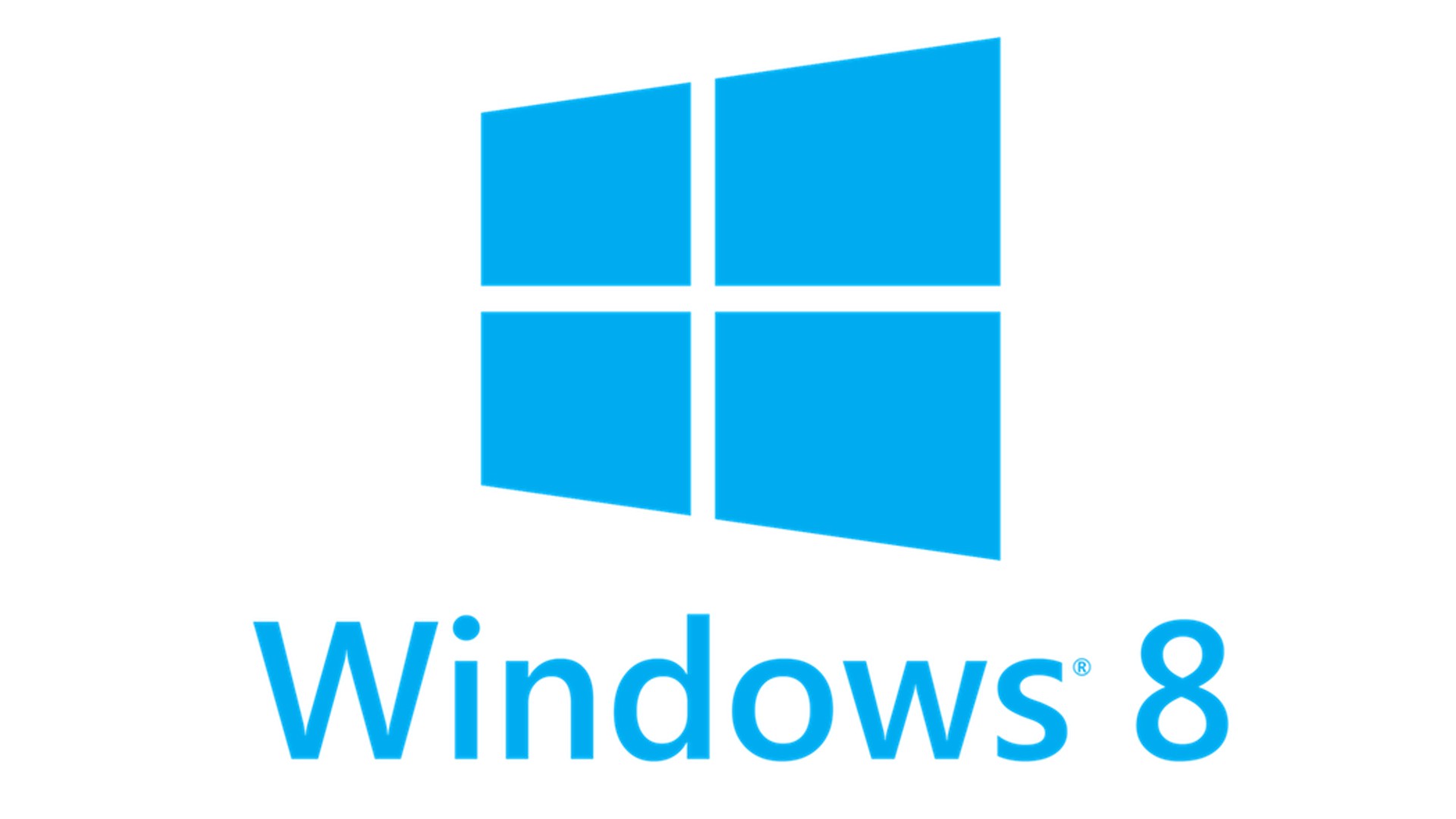
???? Good morning, good people of tech. I started watching Andor on Disney Plus just yesterday and spent the entire night finishing all eight episodes available on the streaming platform. Isn’t it the best Star Wars show in a long time? Anyway, let’s get onto business with the big tech stories of the day.
Windows 8: The good, bad, and the missed opportunity
Remember when Windows 8 came around with its tiled start menu? I was in the haters’ camp for that thing. But as Ars Technica points out, it wasn’t all bad news. In fact, Windows 8 paved the way for how we interact with tablets today. Here are some snippets from an interview the publication conducted with Ex-Windows Chief Steven Sinofsky, who talks about the origin and development of Windows 8 — one of the most dividing PC operating systems of all time.
- Windows 8 was Microsoft’s response to dwindling PC sales and the rise of smartphones and tablets.
- It aimed to be a flexible operating system that would scale from mobile to desktop seamlessly.
- Sinofsky worked on the OS with others like Julie Larson-Green and Panos Panay, then head of the Surface team.
- In a dramatic change, Windows 8 switched out the traditional start menu in favor of a Start screen with live tiles. This led to heavy pushback from users, and PC sales continued to decline.
- In the interview, Sinofsky said that the primary motivation for changing the interface of Windows 8 was that Windows had run its course.
- “If there was any hope of growing the use of PCs, it would come from having an experience more aligned with smartphones,” he said. “The whole point was to modernize computing on a PC,” he added.
- The former Windows boss said that the company wanted a Windows phone-like interface for Windows 8 in order “to have a family feel.” The similarity in the graphical language of the two platforms was intentional.
- Interestingly, Sinofsky revealed that Microsoft Surface hardware and Windows 8 were designed parallelly.
- “We saw the Surface plus Windows as a stage for your apps and content.”
The wins and fails
- Sinofsky recalls that one of the most significant achievements of Windows 8 was connecting apps to each other.
- “We showed developers how to share content from one app to another, how to search across apps, or how to cross the secure file spaces of apps and wire that up in apps with almost no code.”
- He also credits the OS for standardizing features like swipe gestures from the edges or typing to launch programs.
- “The least satisfying aspect of Windows 8 was that there was no real Windows 8.1 and 8.2. Like any Microsoft project.”
- Sinofsky regrets that Microsoft just backed entirely off the idea of transforming Windows, and had it stuck with it, the future of Windows 8 would have been different.
- “The final judgment of Windows 8 probably could have used more time, just as we did for everything that was successful at Microsoft.”
- Sinofsky acknowledges that the shift Windows 8 brought about made many people uncomfortable. “In particular, Apple was out there talking about how tablets were the future of computing.”
- Microsoft believed that “there was a convergence of mobile, tablets, and laptops, and that it was entirely possible for one OS to span these and be optimal across them.”
Windows 8, 10 years later
- Sinofsky believes Microsoft’s vision for Windows 8 was too much too soon.
- He says that 90% of computing is now done via grids of apps launched by touch, filling a screen.
- Mobile browsing dominates desktop browsing, and overall screen time on mobile vastly outpaces desktop.
- They created Windows 8 with this future vision, but it may have been ahead of its time.
- “As a result, Windows ended up not moving forward and today retains its secure position—though that is in a shrinking desktop world, one also challenged by Mac much more so in 2022 than it was in 2012.”
???? And while Nothing launched new earbuds, it also gave some love to its smartphone. A new update now brings camera improvements and more to the Phone 1. (XDA Developers, Android Authority).
Thursday Thing
Disney could soon start using your Disney Plus viewing history to influence your experience at its parks (via The Verge). It sounds strange, but apparently, it’s a thing for Disney.
- Disney CEO Bob Chapek spoke at The Wall Street Journal‘s Tech Live event, saying that the company’s working on a way to tailor your experience based on how you interact with its physical and digital offerings.
- “If you’re on Disney Plus, we should be aware of what happened, what you experienced, what you liked, the last time you visited a park, and vice versa,” he explained.
- Chapek cited Disney’s Pirates of the Caribbean ride as an example, noting that the company could eventually track that you went on the ride at one of its parks and then use that to curate the content you see on Disney Plus.
- Disney is currently working towards finalizing how this program would work.
- So the next time you visit Disney World with your kids, be ready to get some not-so-adult suggestions on your Disney Plus account.
And while we’re on the topic, here are our picks of the best TV shows and movies you can watch on Disney Plus right now.
Stay connected with us on social media platform for instant update click here to join our Twitter, & Facebook
We are now on Telegram. Click here to join our channel (@TechiUpdate) and stay updated with the latest Technology headlines.
For all the latest Technology News Click Here
